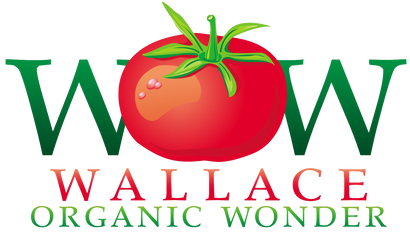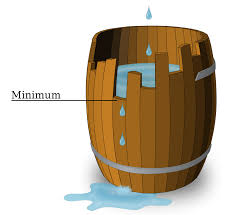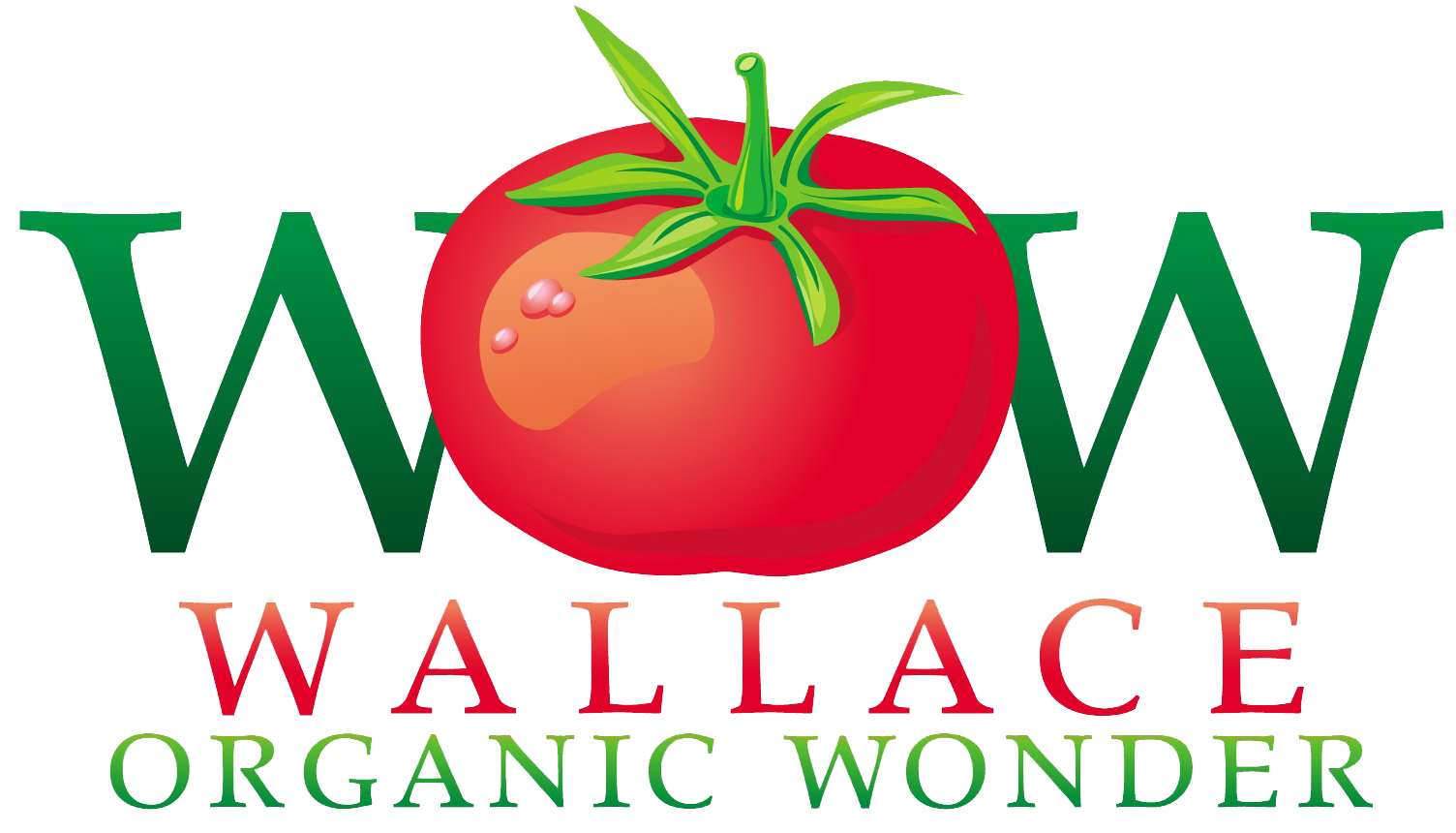Wallace Organic Wonder is proud to announce our guest blogger for this week is Joe Ailts. His Bio and Blog are below. Enjoy!
Joe Ailts lives in Western Wisconsin and has been a competitive pumpkin enthusiast for 16 years. A scientist by training, he earned a bachelor’s degree in biotechnology, a master’s degree in clinical nutrition, and a master’s level professional certificate in crop production & soil fertility. He co-founded and currently manages the St. Croix Grower’s Association as well as Stillwater Harvesfest, home of the #1 giant pumpkin weighoff site in the world in 2015.
Liebig's Law and Maximizing Garden PotentialTo date, scientists have discovered that all plants need 17 different nutrients for life. Let's review these quickly: You've got Carbon (C), Hydrogen (H), and Oxygen (O) that make up the vast majority of all plant material and because they are derived from CO2 and water, are rarely limited in plant systems. The remaining 14 nutrients are found in the soil and are broken into two categories: macro nutrients and micro nutrients.Macro nutrients are those that the plant uses in relative abundance. The most commonly recognized macros are Nitrogen (N), Phosphorus (P), and Potassium (K). The secondary (but no less important) macro nutrients include Calcium (Ca), Magnesium (Mg), and Sulfur (S).The remainder of plant nutrients are classified as micro nutrients, due to the fact that the plant needs only very small amounts to satisfy its needs. These include Iron (Fe), Manganese (Mn), Zinc (Zn), Copper (Cu), Nickel (Ni), Chlorine (Cl), Boron (B), and Molybdenum (Mo).So there's the line up. Take away any one of these 17 players and there wouldn't be plant growth. All are absolutely essential for life. It would be awfully rare to find a soil that is 100% devoid of a specific nutrient, but many soils can show deficiencies in one or more of these. And those deficiencies have a definite impact on garden productivity.The concept of a single nutrient limiting the potential for growth is called "Liebig's Law of the Minimums". And it is best described using the metaphor of a barrel with slats of varying heights, each representing a nutrient. The lowest height slat represents the maximum amount of water that the barrel can hold (see graphic below). The water level is kind of like your top yield or productivity potential. If sulfur is your limiting nutrient (the shortest slat in the barrel), then regardless of all the other levels of nutrients in your soil, your productivity is capped due to the low sulfur. The idea then is to identify which nutrients are the "short slats" in your garden.Soil testing, combined with in-season tissue testing, is the ONLY way to get an accurate read on your barrel's status. Once imbalances are identified, organic fertilizers and the use of mycorhizzae, products available here at Wallace Organic Wonder, can significantly help restore balance in the soil. In summary, if maximizing garden potential is part of your goal this summer, then make sure your potential isn't limited by a single member of 17 plant nutrients. Perform the analyses and hone in on whatever is holding you back!Liebig's Law of the Minimums barrel analogy. Source: Wikipedia




